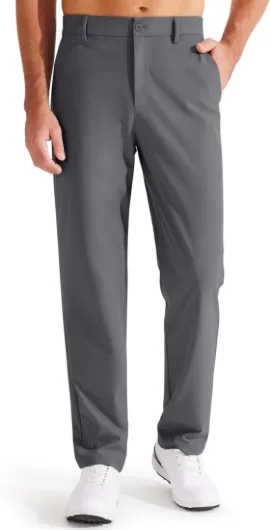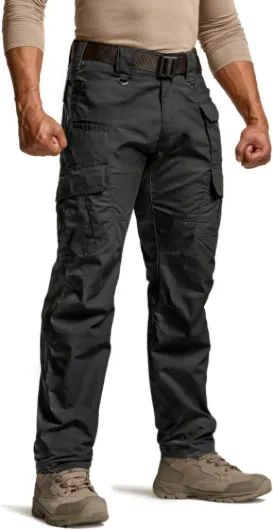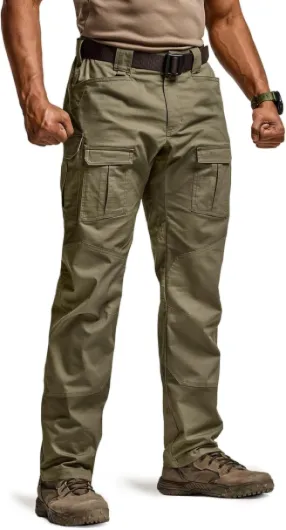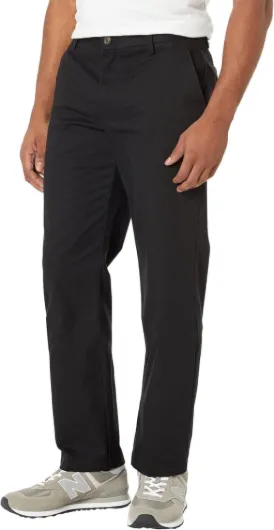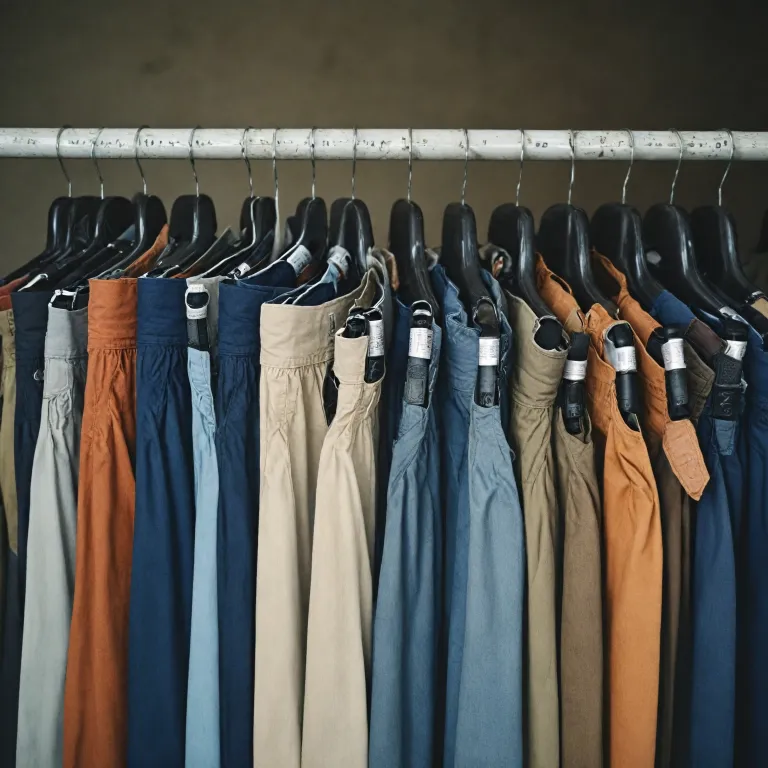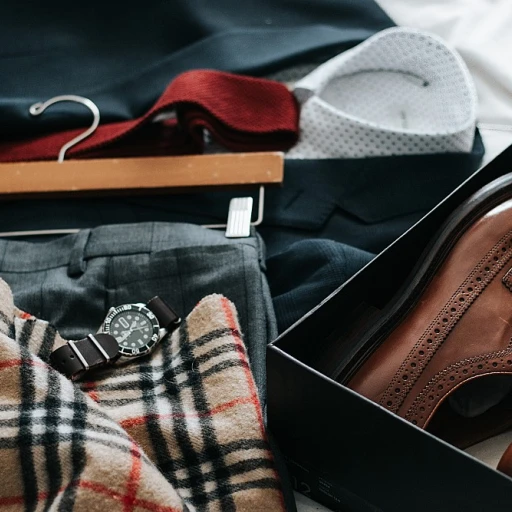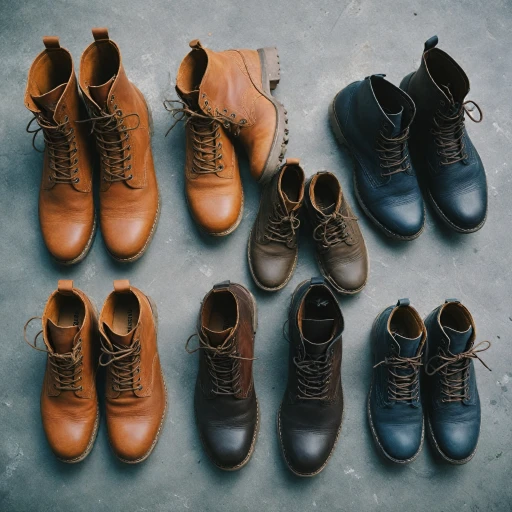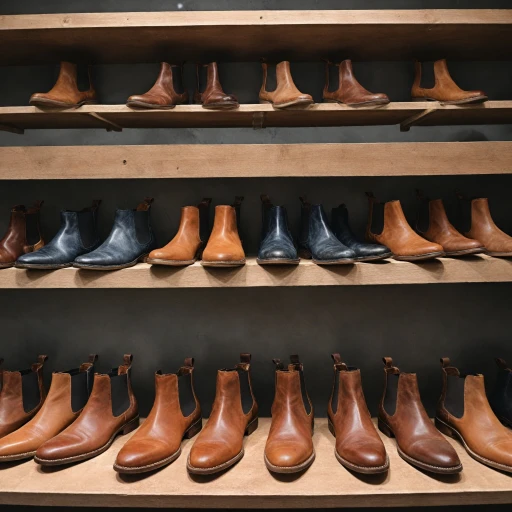
Understanding men’s pants size charts
Decoding the Numbers on Men’s Pants Labels
Shopping for men pants can be confusing, especially when you’re faced with a wall of pants sizes and numbers. Understanding what those numbers mean is the first step to finding a pair that fits your body and style. Most men’s pants size charts use two key measurements: waist and inseam. The waist size is usually the first number, measured in inches, and the inseam length is the second number. For example, a label reading 32x34 means a 32-inch waist and a 34-inch inseam.
How Pants Sizes Are Measured
To get the right fit, it’s important to know how to measure your waist and inseam correctly. The waist is measured at your natural waist, which is typically just above your hip bones. Use a soft measuring tape and keep it snug but not tight. For the inseam, measure from the crotch seam down to the bottom of the leg. This gives you the inseam length, which is crucial for ensuring your pants sit at the right spot on your shoes.
- Waist: Measure around your natural waistline, where the top waistband of your pants will sit.
- Inseam: Use a tape measure to find the distance from the crotch seam to the hem of the pant leg.
- Length: Some brands also list the overall length, but inseam is the most reliable indicator for leg fit.
Why Size Charts Vary Between Brands
Not all pants size charts are created equal. Different brands may have slight variations in their measurements, so always check the brand’s specific size guide before buying. This is especially true for styles like jeans, straight pants, or tall fits. If you’re shopping for a pair pants on sale, double-check the measurements to avoid surprises.
For a deeper dive into how different pant styles, like chinos, can affect sizing and fit, check out this guide on the versatile appeal of chinos for men.
Key measurements to know before shopping
Essential Steps to Accurately Measure for Men’s Pants
Getting the right pants size is more than just picking a number off a tag. Before you buy a new pair of men pants, it’s crucial to know your body measurements. This helps you find a pair that fits your style and comfort, and avoids the hassle of returns or exchanges after a sale. Here’s how to measure yourself for the perfect fit:
- Waist size: Use a soft measuring tape to measure around your natural waist, which is typically just above your belly button. Make sure the tape measure is snug but not tight. This measurement, in inches, is your waist size for most pants sizes and is the first number you’ll see on a size chart.
- Inseam length: The inseam is the length from the crotch seam down to the bottom of the leg. To measure, stand straight and have someone use a measuring tape from the top of your inner thigh (where the pants sit at the crotch) to your ankle. This gives you the inseam length in inches, which is the second number on most men’s pants size guides.
- Outseam and rise: Some brands also list outseam (from the top waistband to the hem) and rise (distance from the crotch seam to the top waistband). These can affect how the pants fit, especially for tall men or those who prefer a specific pant fit like straight or slim.
When measuring, always wear lightweight clothing and stand naturally. If you already own a pair pants that fit well, lay them flat and measure the waistband and inseam for a quick reference. Remember, sizes can vary between brands, so always check the size guide before making a purchase.
For more insight on how denim sizing compares and why measurements matter for different fabrics, check out the timeless appeal of denim for men.
| Measurement | How to Measure | What It Affects |
|---|---|---|
| Waist | Measure around natural waist with tape measure | Pants size, comfort, fit at top waistband |
| Inseam | From crotch seam to bottom of leg | Pants length, overall fit, leg break |
| Rise | From crotch seam to top waistband | How pants sit on body, style (high, mid, low rise) |
Taking the time to measure properly ensures your next pair of jeans or trousers will fit just right, whether you’re shopping in store or online. Accurate measurements are the foundation for finding the right pants fit and style for any occasion.
Common fit types and what they mean
Decoding Fit Types: What They Mean for Your Style
When shopping for men pants, understanding the different fit types is crucial. The fit of a pant affects not only comfort but also how your style comes across. Each fit type is designed with specific body measurements and preferences in mind. Let’s break down the most common fits you’ll encounter when browsing for your next pair pants.
- Straight Fit: This classic style features a consistent width from the hip down to the leg opening. It’s ideal if you want a timeless look that works for most body types. Straight fit pants sit comfortably at the natural waist and offer enough room in the seat and thigh without being too loose.
- Regular Fit: Slightly more relaxed than straight, regular fit pants provide extra space through the hip and thigh. They’re a solid choice for men who prioritize comfort but still want a clean silhouette.
- Slim Fit: Designed for a closer cut, slim fit pants taper from the waist down to the ankle. They’re not as tight as skinny fits but offer a modern, tailored look. If you have a lean build or prefer a sharp profile, this fit can elevate your style.
- Relaxed Fit: With more room throughout the seat, thigh, and leg, relaxed fit pants are perfect for those who value ease of movement. This fit is often favored by men with athletic builds or anyone seeking maximum comfort.
- Tall Fit: Specifically designed for men with longer legs, tall fit pants feature extended inseam lengths and higher rises to ensure the pants sit properly at the waist and reach the right length.
When choosing your fit, always consider your body measurements and how you want your pants to sit on your waist and legs. Use a tape measure to check your waist size, inseam length, and leg opening. Don’t forget to refer to the size chart provided by the brand, as sizes can vary between labels.
Trying on different fits is the best way to discover what feels right for you. If you’re shopping online, check the size guide and look for brands that offer detailed measurements for each fit type. This helps you avoid the hassle of returns and ensures you get a pair that matches your style and comfort needs.
For those looking to complete their look, consider how your pants fit pairs with accessories. A well-chosen cap can add a finishing touch to your outfit. Check out this guide on how to elevate your style with the perfect cap for more inspiration.
How to handle international sizing differences
Decoding International Pants Sizing
Shopping for men pants across different countries can be confusing. Pants sizes are not universal, and a size 32 in the US might not fit the same as a size 32 in Europe or Asia. Understanding these differences is key to finding a pair pants that fits well, especially if you shop online or travel frequently.
- US vs. European Sizes: US pants sizes usually list waist size and inseam length in inches (for example, 32x32). European pants sizes often use just one number, which is the waist measurement in centimeters. To convert, multiply your waist size in inches by 2.54 to get centimeters.
- UK Sizing: UK pants sizes are similar to US, but sometimes the fit can be slimmer, especially in tailored or straight styles. Always check the size guide and compare your body measurements before buying.
- Asian Sizing: Asian pants sizes tend to run smaller. If you usually wear a medium in US sizes, you might need a large or even extra-large in Asian brands. Measuring your waist, inseam, and leg length with a tape measure is essential before making a purchase.
How to Measure for the Right Fit Across Borders
Before you buy, grab a measuring tape and note your waist size, inseam length, and the length from your crotch seam to the bottom of your leg. Compare these numbers to the brand’s size chart. Some brands offer a detailed size guide that includes waist, inseam, and even top waistband measurements. This helps you match your body measurements to the right pants size, no matter where the pants are from.
Tips for International Pants Shopping
- Always check if the size chart lists measurements in inches or centimeters.
- Look for brands that offer a fit guide or customer reviews mentioning pants fit and sizing accuracy.
- If you’re between sizes, consider the pant style—straight or slim fits may require sizing up for comfort.
- Don’t hesitate to contact customer service for advice on pants sizes, especially during a sale when returns might be limited.
Getting the right fit pants internationally is about knowing your measurements and understanding how different regions label their sizes. A little preparation with your measuring tape can save you from returns and ensure your next pair of jeans or trousers fits just right.
Troubleshooting fit issues and tailoring tips
Solving Fit Problems: Practical Adjustments and Tailoring Advice
Finding the right men pants size is not always straightforward. Even with careful measuring and checking the size chart, you might face fit issues. Here’s how to troubleshoot and refine your pants fit for comfort and style.- Waist feels too tight or loose: If your waist size doesn’t match the pant’s top waistband, consider minor tailoring. A tailor can take in or let out the waistband by up to two inches. For a quick fix, a belt can help, but it’s not a long-term solution for comfort.
- Inseam length is off: If your inseam length is too long, hemming is a simple adjustment. For pants that are too short, unfortunately, there’s little fabric to let out. Always measure your inseam from the crotch seam to the bottom hem using a tape measure before buying.
- Pants fit at the waist but baggy at the seat or thigh: This is common with straight or relaxed fits. A tailor can taper the leg for a slimmer look. When shopping, check the fit type and compare your body measurements to the size guide.
- Rise feels uncomfortable: The rise is the distance from the crotch seam to the top waistband. If pants sit too high or low, try different fit types or brands, as this measurement varies widely. Measuring your natural waist and comparing it to the pant’s rise can help.
- Pants bunching at the ankle: Excess length can cause stacking. Hemming to your ideal length, usually where the pant breaks slightly over your shoe, creates a cleaner look.
When to Tailor and When to Return
Not every pair pants is worth altering. If the fit issues are minor—like waist or inseam adjustments—tailoring can make a big difference. But if the pants are uncomfortable in the seat, thigh, or rise, it’s often better to return them and try a different size or style. Always check the sale return policy before making alterations.Measuring Tips for a Better Fit Next Time
- Use a soft measuring tape for accurate body measurements.
- Measure your waist at the natural waistline, not where low-rise pants sit.
- For inseam, measure from the crotch seam to the desired pant length.
- Record your measurements in inches for easy comparison with size charts.
Current trends in men’s pants and how sizing is evolving
Modern Approaches to Men’s Pants Sizing
The world of men pants is always evolving, and sizing is no exception. Today, brands are rethinking how they approach pants sizes to better match the diversity of men’s body measurements and style preferences. If you’ve ever struggled to find a pair pants that fits just right, you’re not alone. Let’s look at how current trends are shaping the way we measure, fit, and buy men’s pants.
- Expanded Size Ranges: More brands are offering extended waist sizes and inseam lengths, including options for tall and shorter men. This means you can now find pants with inseam lengths from 28 inches up to 38 inches, and waist sizes that go beyond the traditional 30-40 inch range.
- Flexible Fits: The classic straight leg is still a staple, but there’s a growing demand for relaxed, athletic, and tapered fits. These new fits are designed to accommodate different body shapes and preferences, making it easier to find a pants fit that feels comfortable and looks sharp.
- Adjustable Features: Look for pants with elastic waistbands, drawstrings, or adjustable tabs. These features help you fine-tune the fit at the natural waist or top waistband, especially if your waist size fluctuates.
- Detailed Size Guides: Online retailers are improving their size chart tools, offering more precise measuring instructions. You’ll often see guides on how to use a tape measure to check your waist, inseam, and even how to measure crotch seam to get the right pants measure for your body.
- Inclusive Marketing: Brands are showcasing a wider range of models, helping men visualize how different pants sizes and fits look on various body types. This shift encourages shoppers to focus on their own body measurements rather than outdated size standards.
How Sizing Trends Impact Your Shopping Experience
With these changes, it’s more important than ever to know your exact measurements. Grab a measuring tape and check your waist size, inseam length, and the distance from your crotch seam to the hem. Compare these numbers to the brand’s size guide before you buy. If you’re shopping a sale or trying a new fit, double-check the pants size chart—sizes can vary between brands and even between different styles from the same label.
As pants fit options expand, you’ll find it easier to select a pair that matches your style and comfort needs. Whether you prefer jeans, chinos, or classic dress pants, the right measurements and a little attention to fit details will help you look and feel your best in any pair of men pants.

